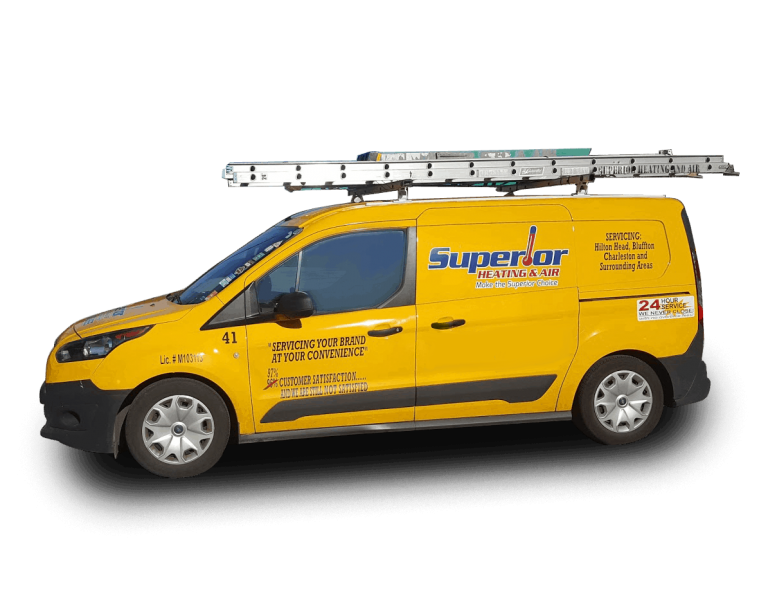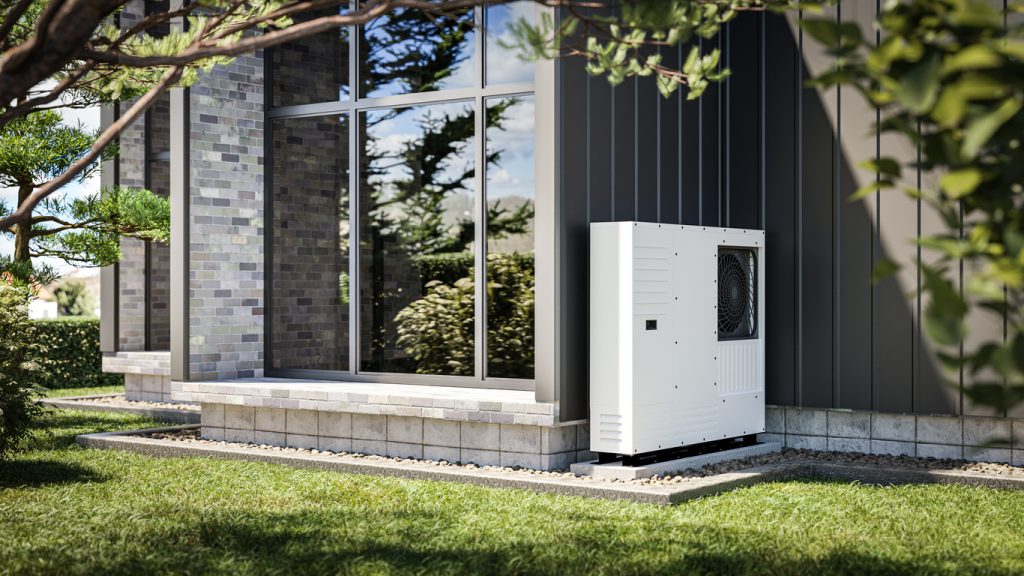Heat pumps are replacing furnaces and air conditioners in homes throughout the nation. Like air conditioners, heat pumps have indoor air handlers and outdoor compressors, and they use refrigerant to transfer heat.
During summer, heat pumps and ACs are functionally identical. However, when cooler temperatures arrive, heat pumps reverse the flow of their refrigerant and operate as heaters. These appliances produce low, steady heat. While gas-fired furnaces burn as hot as 140 degrees Fahrenheit, the heat from a heat pump is just 98 degrees. This eliminates common wintertime problems with dry indoor air. Instead, they offer cozy and consistent comfort.
Heat Pump Reversing Valves
Heat pumps automatically reverse their heating and cooling operations as needed. Their internal reversing valve reverses the flow of refrigerant as soon as indoor temperatures dip below or rise above thermostat settings. Thus, homeowners don’t have to take any special action to initiate seasonal transitions.
Air-Source Heat Pumps
In summer, air-source heat pumps draw in warm, indoor air and pass it over their evaporator coils. The low-temperature refrigerant within these coils extracts the air’s heat and humidity. Hot refrigerant travels to the outdoor condenser unit as a high-pressure gas where it sheds humidity as condensation and releases heat into the outdoor air.
During winter, air-source heat pumps extract heat from the outdoor air. These appliances can extract sufficient heat to create comfortable conditions indoors even when the outside temperature dips below freezing. Many high-performance, air-source heat pumps can continue transferring heat even when outdoor temperatures reach zero degrees Fahrenheit.
Geothermal Heat Pumps
Geothermal heat pumps source heat from subterranean soils. At depths of just 6 feet, soil maintains a relatively constant temperature of 50 to 55 degrees Fahrenheit year-round. As such, even when the outside temperature is downright frigid, geothermal heat pumps maintain optimum levels of efficiency and reliable heating capabilities.
Ductless Mini-Split Heat Pumps
You don’t need HVAC air ducts to experience the impressive performance of a heat pump. If you live in an older home that was built without ducting, you can install a ductless mini-split system. Like central heat pumps, ductless mini-split systems have outdoor condensers and indoor air handlers. However, these appliances have an indoor air handler in every service area or zone. Each air handler has a connected thermostat, and residents can control each thermostat independently of the others.
Mini-split heat pumps provide zoned temperature control. Each person can establish their preferred temperature in their immediate area.
Exploring the Unmatched Efficiency of Heat Pumps
In ideal operating conditions, both central and ductless mini-split heat pumps can produce three to four times as much heating and cooling energy as they consume in electricity. During peak performance, the efficiency of heat pumps is unmatched. However, some entry-level heat pumps aren’t ideal for year-round climate control in exceedingly cold areas. These heat pumps decrease in efficiency whenever temperatures dip below 32 degrees Fahrenheit, and they may ice over if temperatures dip much lower.
There’s a perfect heat pump for every home and climate. To find out more about heat pumps or to experience the benefits of owning one firsthand in Eatonton, GA, contact Superior Heating and Air today!


